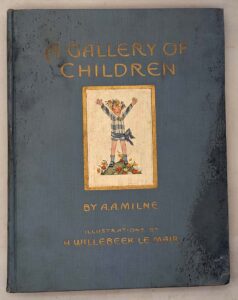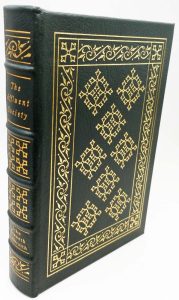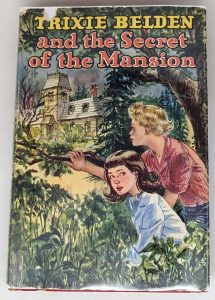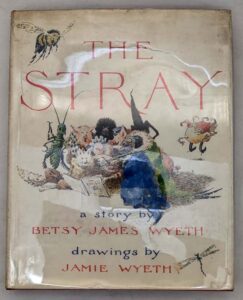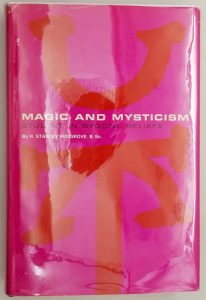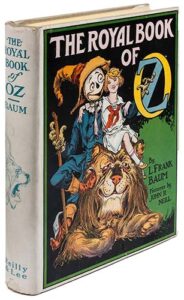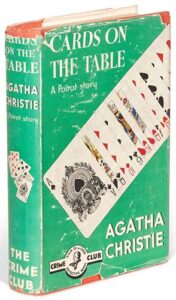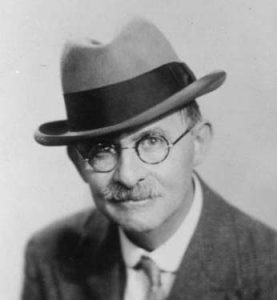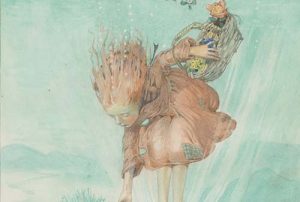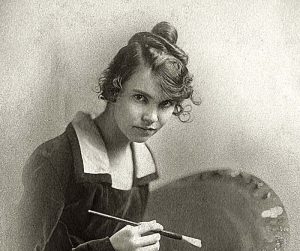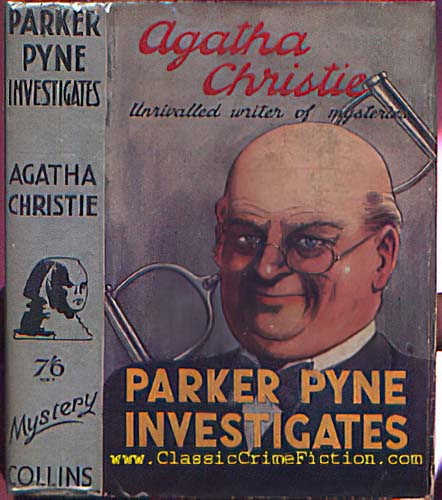
Parker Pyne Investigates is a short story collection written by Agatha Christie and first published in the UK by William Collins and Sons in November 1934. Along with The Listerdale Mystery, this collection did not appear under the usual imprint of the Collins Crime Club but instead appeared as part of the Collins Mystery series. It appeared in the US later in the same year published by Dodd, Mead and Company under the title Mr. Parker Pyne, Detective. The UK edition retailed at seven shillings and sixpence (7/6) and the US edition at $2.00.
The collection comprises twelve of her fourteen stories featuring detective James Parker Pyne; the two remaining stories, Problem at Pollensa Bay and The Regatta Mystery were later collected in The Regatta Mystery in 1939 in the US and in Problem at Pollensa Bay in the UK in 1991 although these were originally stories featuring Hercule Poirot when they were first published in the Strand Magazine in 1935 and 1936 respectively.
The book also features the first appearance of the characters of Ariadne Oliver, and Miss Felicity Lemon, both of whom would go on to have working relationships with Hercule Poirot in later books.
Plot Summary
[SPOILER ALERT]
James Parker Pyne is a retired government employee who considers himself to be a “detective of the heart”. Advertising his services in the “Personal” column of The Times, he works alongside his secretary Miss Lemon, novelist Ariadne Oliver, handsome “lounge lizard” Claude Luttrell and disguise artist Madeleine de Sara.
The first six stories deal with Pyne solving cases in England, while the second six stories detail Pyne’s vacation, where he hopes not to have to do detective work only to end up helping others anyway.
Publication history
- 1934, William Collins & Sons (London), November 1934, Hardcover, 256 pp
- 1934, Dodd Mead and Company (New York), 1934, Hardcover, 244 pp
- 1951, Dell Books (New York), Paperback, (Dell number 550 [mapback]), 224 pp
- 1953, Penguin Books, Paperback, (Penguin number 932), 190 pp
- 1962, Fontana Books (Imprint of HarperCollins), Paperback, 158 pp
First publication of stories
Nine of the stories in Parker Pyne Investigates had their true first publication in the US as follows:
- The Case of the Discontented Soldier, The Case of the Distressed Lady, The Case of the City Clerk, The Case of the Discontented Husband and The Case of the Rich Woman all appeared in the August 1932 issue of Cosmopolitan magazine (issue number 554) under the sub-heading of Are You Happy? If Not Consult Mr. Parker Pyne with illustrations by Marshall Frantz.
- Have You Got Everything You Want?, The House at Shiraz, Death on the Nile and The Oracle at Delphi all appeared in the April 1933 issue of Cosmopolitan magazine (issue number 562) under the sub-heading of Have You Got Everything You Want? If Not, Consult Mr. Parker Pyne again with illustrations by Marshall Frantz. The first story was not individually named.
Known publication of the stories in the UK are as follows:
- The Case of the Middle-aged Wife: First published in issue 613 of Woman’s Pictorial of 8 October 1932 as The Woman Concerned.
- The Case of the Discontented Soldier: First published in issue 614 of Woman’s Pictorial of 15 October 1932 (illustrated by J.A. May and with an additional title of Adventure – By Request)
- The Case of the Distressed Lady: First published in issue 615 of Woman’s Pictorial of 22 October 1932 (illustrated by J.A. May and with an additional title of Faked!)
- The Case of the Discontented Husband: First published in issue 616 of Woman’s Pictorial of 29 October 1932 (illustrated by J.A. May and with an additional title of His Lady’s Affair)
- The Case of the City Clerk: First published in issue 503 of the Strand Magazine in November 1932 under the title of The £10 Adventure.
- Have You Got Everything You Want?, The Gate of Baghdad and The House at Shiraz were all first published in issue 481 of Nash’s Pall Mall Magazine in June 1933 under the sub-heading of The Arabian Nights of Parker Pyne. The individual story titles as they appeared in the magazine were On the Orient Express, At the Gate of Baghdad and In the House at Shiraz respectively. Marshall Frantz’s illustrations from Cosmopolitan were re-used.
- The Pearl of Price, Death on the Nile and The Oracle at Delphi were all first published in issue 482 of Nash’s Pall Mall Magazine in July 1933 under the sub-heading of More Arabian Nights of Parker Pyne. The Pearl of Price appeared under the slightly abridged title of The Pearl. Again, Marshall Frantz’s illustrations from Cosmopolitan were re-used.
Parker Pyne Investigates – First Edition Book Identification Guide
The books are listed in the order of publication. While the majority of Agatha Christie’s books were first published in the UK. There are many titles that were first published in the US. The title of the book may differs from the UK edition in some cases.
| Year | Title | Publisher | First edition/printing identification points |
|---|---|---|---|
| 1934 | Parker Pyne Investigates | Collins, London, 1934 | First edition. "Copyright, 1934". No statement of later printings. Burgundy cloth lettered in silver. Price 7/6. |
| 1934 | Mr. Parker Pyne, Detective | Dodd, Mead & Co, NY, 1934 | First American edition. Date on the title & copyright page matches. No statement of later printings. No statement of later printings. Orange cloth lettered in black. Issued with a wrap around band. Price $ 2.00. |
Note about Book Club Editions (BCE) and reprints:
UK: You can see statements of later reprint dates or of book club on the copyright page.
US: The US reprint publishers usually use the same sheets as the first edition and are harder to identify by looking at the title page or the copyright page. One may identify a BCE by looking at the DJ, which doesn’t have a price on top of the front flap and a “Book Club Edition” imprint at the bottom. If the dust jacked is clipped at both the top/bottom of the front flap. You can safely assume it’s a BCE . If the book is missing the dust jacket. Later BCE editions can be identified by its plain boards, while first printings are issued in quarter cloth.
Please refer to the gallery for detailed images of true first edition bindings and dust jackets.
Parker Pyne Investigates – First Edition Dust Jacket Identification Guide
First edition bindings and various dust jacket printings identification.
